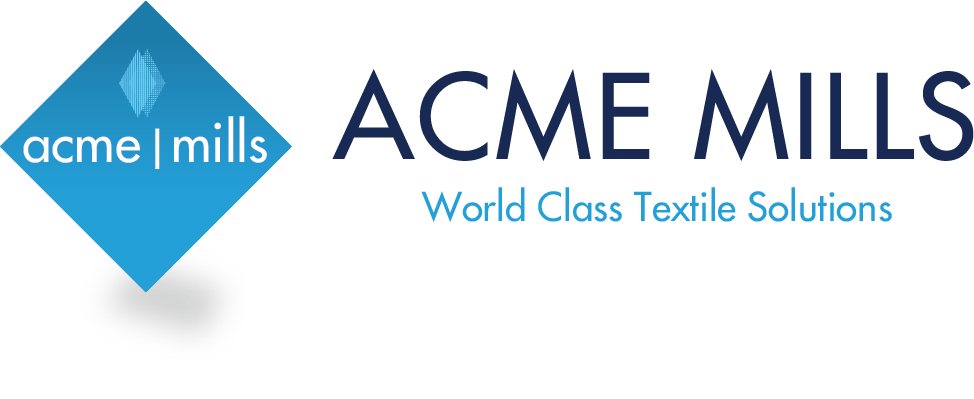Definition Of Woven Fabric
Non-wovens are flexible, porous, products consisting of one or more fibre layers. The separate fibres may either be preferentially oriented in one direction or may be deposited in a random manner. They are bonded by chemical, thermal or mechanical processes into textile products. Non-wovens are mainly planar structures. This relatively young branch of the textile industry has expanded enormously after the second world-war because of the high production rates and the resulting cost savings.
Contemporary non-woven fabric dates to the early 1930s. At that time, a few textile companies began experimenting with bonded materials as a way of utilizing cotton waste. The first commercial production of the products now called non-wovens began in 1942 in the United States in an effort to produce fabric directly from fibres. The market for non-woven products has experienced tremendous growth and has potential for more.
Nonwovens may be classified as either disposable or durable goods. Disposable or non durable, nonwovens include such one-time use products as diapers, medical dressings, household wipes, and disposable protective clothing. Durable goods are used for apparel interfacing, automobile headliners, road underlayment, and carpets.
Raw Materials
Polyester is the most frequently used fibres in the United States; olefin and nylon are used for their strength, and cotton and rayon are used for absorbency. Some acrylic, acetate, and vinyon are also being used.
Fibres are selected on the basis of their properties and expected performance in end uses. New, first quality fibres are preferred over reused or reprocessed fibres. Both staple and filament fibres are used, and it is possible to blend fibres of different lengths as well as fibres of different generic groups. The selection of fibres depends on the product proposed, the care typically given it, and the expected or desired durability. As in the manufacture of all fabrics, the cost of the fibres used is important, as it in turn influences the cost of the final product.
Characteristics Of Non-Woven Fabric
The particular set of properties that a non-woven fabric may have is dependent upon the combination of factors in its production. The range of characteristics is wide.
- The appearance of non-woven fabrics may be paper like, felt like, or similar to that of woven fabrics.
- They may have a soft, resilient hand, or they may be hard, stiff, or broadly with little pliability.
- They may be as thin as thin as tissue paper or many times thicker.
- They also may be translucent or opaque.
- Their porosity may range from low tear and burst strength to very high tensile strength.
- They may be fabricated by gluing, heat bonding, or sewing.
- The drapability of this type of fabrics varies from good to none at all.
- Some fabrics have excellent launderability; others have none. Some may be dry-cleaned.
Development
Nonwovens are engineered to provide particular properties suited to desired end uses. For example, diapers can be constructed of two different layers of non-woven fabrics: an outer layer composed of wetting-agent treated polyester that will permit rapid fluid penetration, but with minimal lateral weaking, and an inner layer of absorbent rayon. Thin, high-filtration non-woven fabrics for surgical masks can be composed of micro denier fibres. Research continues in order to achieve or perhaps exceed certain properties of conventionally constructed cloth.
Uses Of Non-Woven Fabric
The use of non-woven products continues to expand. The many uses of nonwovens may be classified as disposables, durable consumer goods, and industrial materials. All these areas are making increasing use of this kind of merchandise because of its low cost and its suitability for many needs.
- Disposable nonwovens are essentially made for one time use; but some, such as dust cloths, may be laundered and reused a few times.
- General applications include personal hygiene products, such as diapers and sanitary napkins; medical products such as surgical gowns and drapes; surgical and industrial masks, bandages, wipes and towels; bibs and even costumes for special events.
- Durable nonwovens have wide applications. Consumer durables include both household goods and home furnishings, such as for draperies, furniture upholstery, mattress padding, towels, table cloths, blankets and carpet backing and clothing and apparel, such as for caps, linings, interlinings, interfacings and the reinforcement of other fabrics.
- Many industrial uses include filters, insulation, packing materials, roadbed stabilization sheeting or road-building materials geo-textiles and roofing products.










